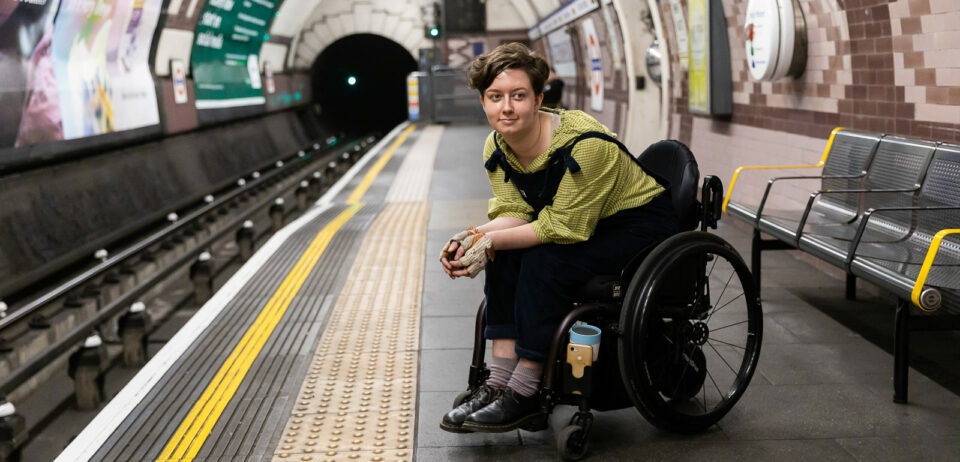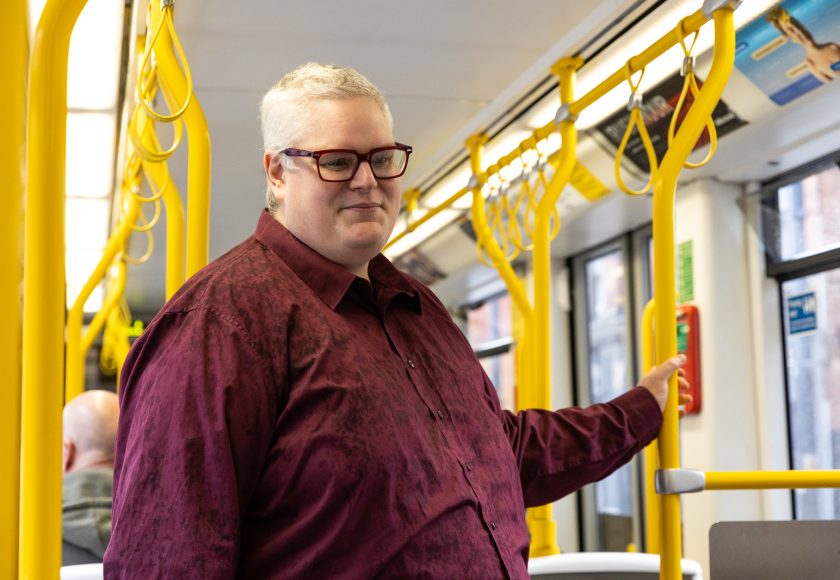
What do we mean by light rail?
Light rail and trams differ from “heavy” or mainline rail in that they have slightly different regulatory and safety requirements, are generally administered at a local level instead of nationally, and typically utilise light-weight vehicles and tracks. In England, the following systems are considered to fall into this category:
- London Underground
- Docklands Light Railway
- London Trams
- Nottingham Express Transit
- West Midlands Metro
- Sheffield Supertram
- Tyne and Wear Metro
- Manchester Metrolink
- Blackpool Tramway
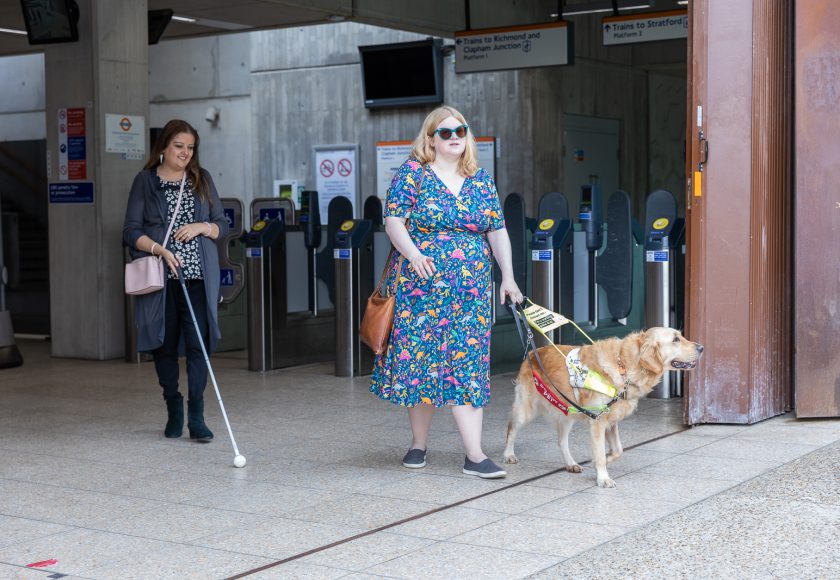
Policy background
According to Government statistics, during 2012 to 2019, disabled people took about half as many journeys by light rail than non-disabled people (5 journeys per year vs 11.4 journeys per year) (Department for Transport). This differs little between London and systems across the rest of England.
Light rail is fast, high-frequency and high-capacity, and often considered the vital arteries of an urban area. However, in some cities many disabled people are locked out of benefitting from these features, due to barriers such as overcrowding and lack of step-free access. For example:
- Only 92 out of 272 London Underground stations have step-free accesslvii, although at around half of these there is no level boarding and so a manual boarding ramp is required.
- The Docklands Light Railway uses driverless trains and stations are generally unstaffed, meaning those requiring assistance (such as sight-guiding for visually impaired people) may not be able to use it.
- According to information available on their websites, all stations and vehicles on Nottingham Express Transit, Tyne and Wear Metro, West Midlands Metro, Sheffield Supertram, Manchester Metrolink, and Blackpool Tramway are wheelchair accessible. However, our research has found that disabled people do not consider or experience all stations to be accessible.
Barriers
- 59%
- of disabled people say overcrowding is a barrier.
- 37%
- experience problems with arranging or receiving assistance.
- 51%
- are impacted by a lack of step-free access and level boarding.
- 35%
- are impacted by a lack of accessible toilets.
Overcrowding was the most frequently reported barrier for disabled people travelling by light rail and was experienced by 59% of respondents. Crowding can make it either unsafe or impossible for disabled people to board a service, meaning that respondents had to spend more time waiting on the platform, or abandon their journey. Others reported contending with injury, sensory overload, or panic attacks due to overcrowding.
An increased risk of Covid-19 in crowds was reported as a barrier to using light rail for 31% of respondents.
Crowded services also mean fewer available seats, putting disabled people in positions of conflict with other passengers.
51% said that a lack of step-free access and level boarding had been a barrier to travel. This had led people to take longer and more convoluted routes, making journeys more time-consuming, stressful, and expensive. It also requires people to rely on manual boarding ramps provided by staff, putting further limitations on independent travel.
Where level boarding is available, respondents reported crucial design flaws, such as confusing signposting, and a remaining gap between the train and the platform that makes it inaccessible for some.
47% reported problems with lifts, including them being frequently out of service, too small, poorly signposted, or long distances apart. Sudden suspensions in lift services put disabled people at serious risk of being stranded in stations, especially on underground metros with no phone signal or Wi-Fi.
The walking distances within stations was also a barrier for 34% of respondents. The London Underground came up frequently in these answers, with the extended walking times causing pain and fatigue, especially for those with mobility or energy limiting impairments.
This can be exacerbated by a lack of escalators: stairs are not just a barrier for wheelchair and mobility scooter users, and while some disabled people may be able to manage a few steps, a whole flight might be prohibitive. Escalators are therefore a crucial accessibility feature for metro services, but one that 22% of respondents found to be lacking.
37% of respondents said that they have experienced problems with assistance. Frequently, respondents said they were unable to find station staff to ask for assistance, and even when staff were available and visible, the assistance could be poorly coordinated or inappropriate.
Combined with other barriers, searching for and waiting for assistance made light rail journeys excessively time consuming.
Respondents also wrote that staff could sometimes be unaware of how to provide the right assistance or use alternative forms of communication, leaving disabled passengers having to advocate for themselves or defer to other passengers for support. 19% said that they encountered negative attitudes and behaviour from staff, sometimes being rude and dismissive, or making them feel like a nuisance for requesting assistance.
36% of respondents said it is difficult to find accurate and relevant information about the accessibility of stops or stations (including escalators, rest-stops, level boarding points). Lift outages were often recorded incorrectly, leaving respondents stranded mid-journey.
This is compounded by a lack of information on alternative routes when there are sudden changes to the timetable, or the accessibility of a given station/stop.
A lack of audio-visual announcements was a barrier for 16% of respondents, causing them to miss crucial live updates. Unexpected changes to the service were particularly problematic for Deaf and hard of hearing passengers, as these tend to be relayed exclusively over audio announcement.
26% also said that the wayfinding within stations was either confusing or inaccessible. When there are no visible staff to ask for help, and where there are long distances between platforms, disabled people reported having to trek around the station searching for where they need to go.
35% of disabled people said that a lack of accessible toilets on board and in stations was a barrier for them.
28% also reported insufficient seating and rest spaces, and a further 23% said that features of the sensory environment such as lighting, noise levels, and smells created barriers. Sensory overload was a common experience, and a lack of quiet respite areas was more likely to impact those who are neurodivergent or who have mental health conditions.
Concerns around safety and personal security presented barriers for 27% of respondents. Some wrote about the ways inaccessible infrastructure put them in danger (e.g., getting injured in crowds, being stranded when step-free access was suspended), while some were made to feel unsafe by other passengers.
28% of respondents experienced negative attitudes and behaviour from other passengers. This ranged from being rude or mocking, all the way through to assault and hate crime. A few people also said they were not confident anything would be done if they reported it, or said they have reported an incident and seen little result. A lack of visible staff increased these concerns around safety for some respondents.
14% of disabled people faced financial barriers to travelling by light rail. As well as the fare itself, disabled people reported additional costs created by other access barriers on the network, such as taking the bus to a staffed station instead of the one closest, taking a taxi when step-free access is suspended, or paying for a PA’s ticket as well as your own.
An additional 14% faced other barriers to purchasing tickets. People told us that in the absence of staff or ticket offices, they were forced to use TVMs, which were often inaccessible. Others said that the fare system was too confusing, and often found themselves unsure of which ticket they needed or how to go about purchasing it.
12% of respondents said that not being able to take their mobility aid or medical equipment with them was a barrier, particularly an issue for those who use mobility scooters which are permitted on some but not all light rail systems.
For some, the limited step-free access available on light rail services (particularly in London) forced them to leave their mobility aid at home in order to make their journey, often to the detriment of their health and comfort. For those who use their mobility aid full time, this puts whole swathes of the metro out of bounds.
11% said that infrequent or unreliable services was a barrier, and 5% experienced a lack of tactile paving.
Our research and work on light rail
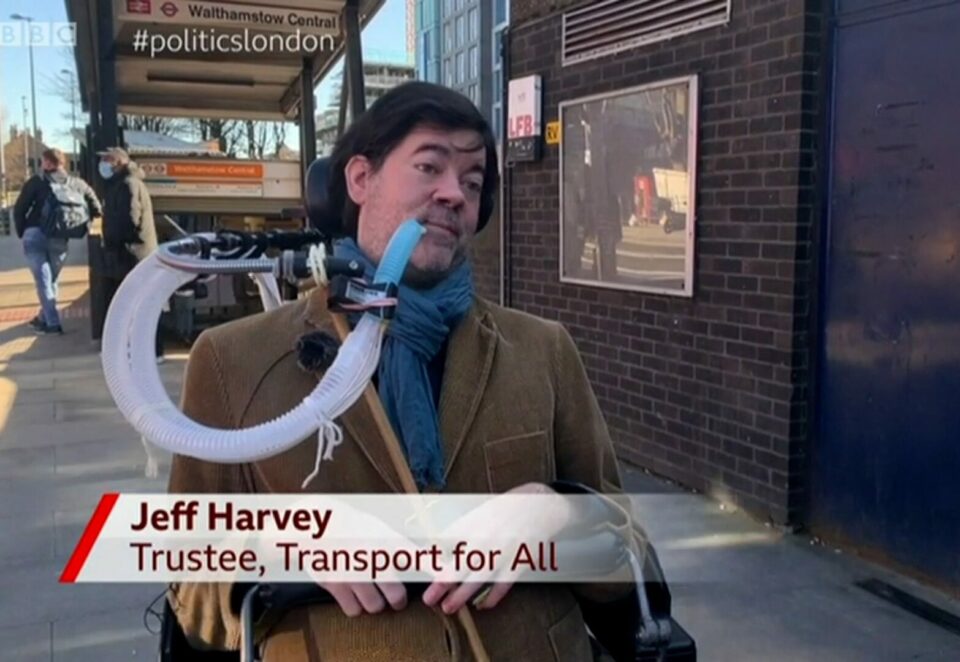
Major delays to step-free access improvements
Transport for All trustee Jeff Harvey speaks to BBC Politics about the impact that the delays to step-free improvements is having on disabled people.
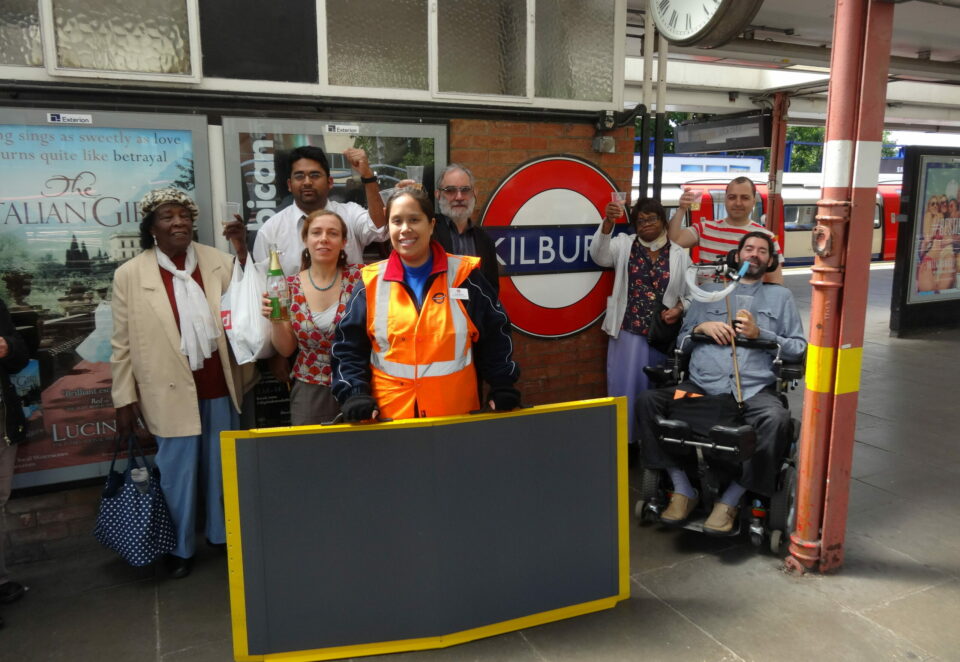
From Frustration to Freedom: Victory on Manual Boarding Ramps
Three London Underground stations roll out the use of new "bridging" manual boarding ramps, following campaigning by Transport for All's Jeff Harvey.
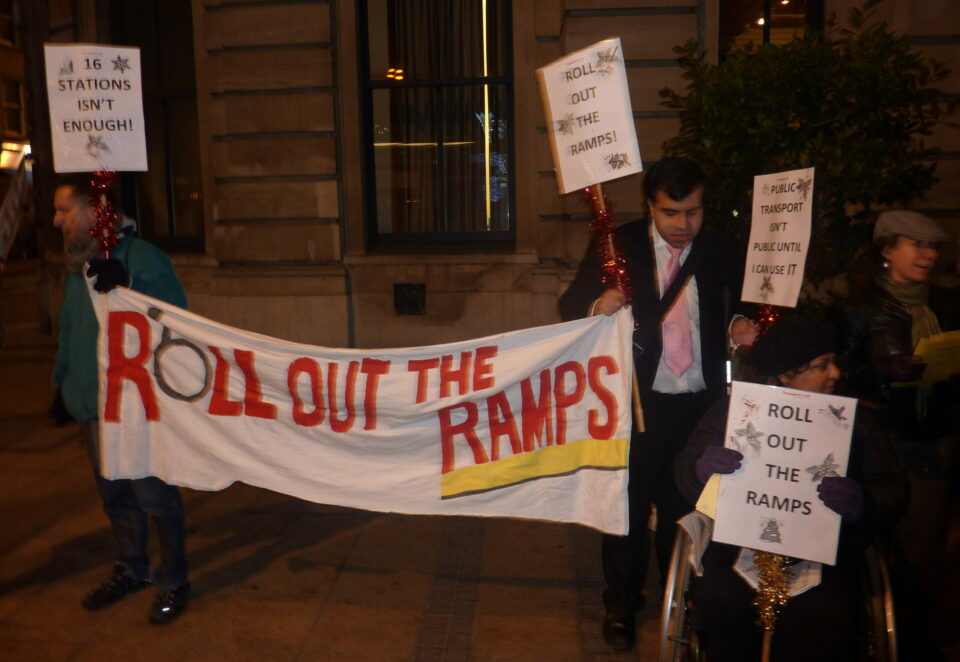
Roll out the Ramps!
Transport for London recently introduced new temporary manual boarding ramps at 16 Underground stations for the Olympic Games. We're pushing for the ramps to stay, and be rolled out further.

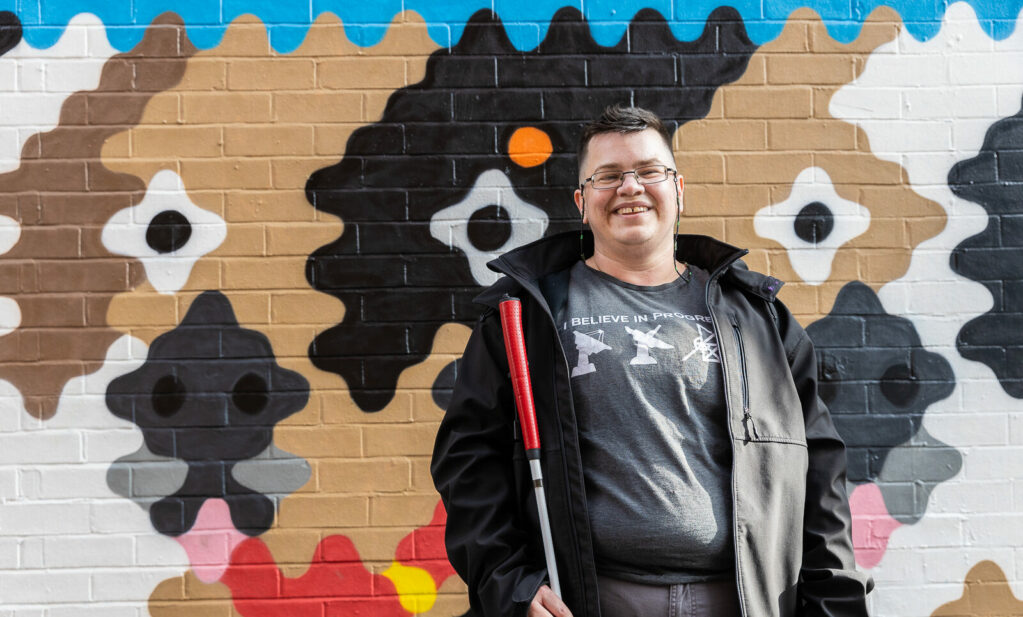
Support us
We can't do this without your support. Take action, give what you can, or sign up as a member - and join our movement of disabled people fighting for a better future.
